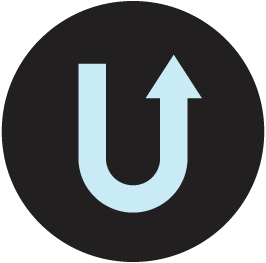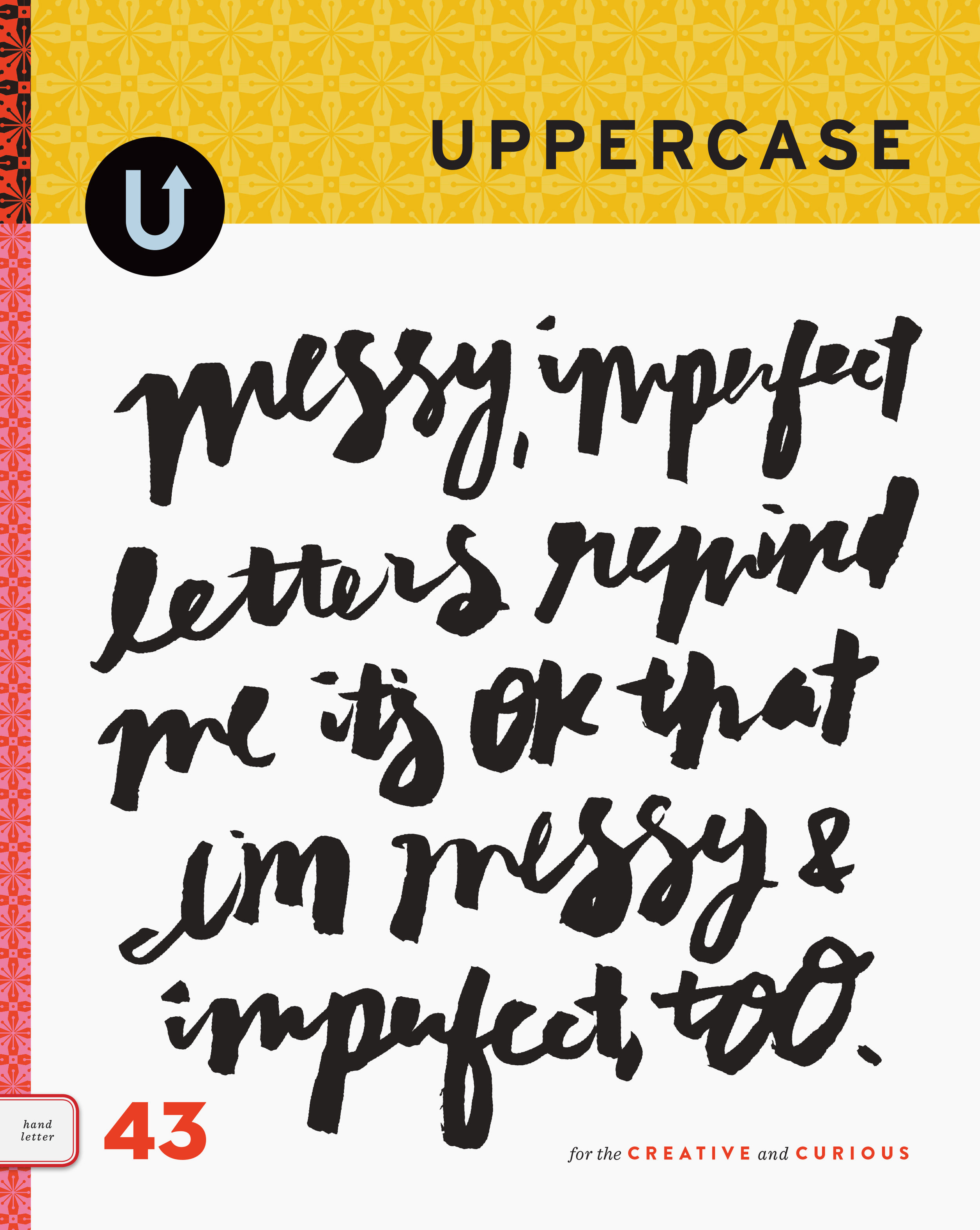Quilt: Pickets by Cheryl Arkison
/Calgary's pretty lucky to have quilt author and educator Cheryl Arkison. And I was fortunate that Cheryl generously offered advice on my design and colour selections as I made my way through the fabric design process.
Last November, I invited Cheryl (with her cute son!) to the studio to see the sample rolls that Windham Fabrics had sent over—and to select what inspired her to make a quilt for the Look Book.
She decided on a low volume selection of prints, including the metallic silver dots and alphabet, with hits of turquoise and red/pink/orange. Cheryl's the master at improv quilting, so I was excited to see what she would make!
The quilt is called "Pickets" and you can see the repeating vertical picket-like shapes throughout the design.
I love the variety in scale throughout. The details are gorgeous—it is quilted with a repeating U motif, as you can see in the photo above.
I highly recommend Cheryl's quilt books, particularly A Month of Sundays that is beautifully photographed around Calgary's Heritage Park. Cheryl chronicles her (many!) projects on the go on her blog, Dining Room Empire. You can also learn from Cheryl in person and online.
Detail photos and finished project photos by Kirstie Tweed of Orange Girl Photographs.








































